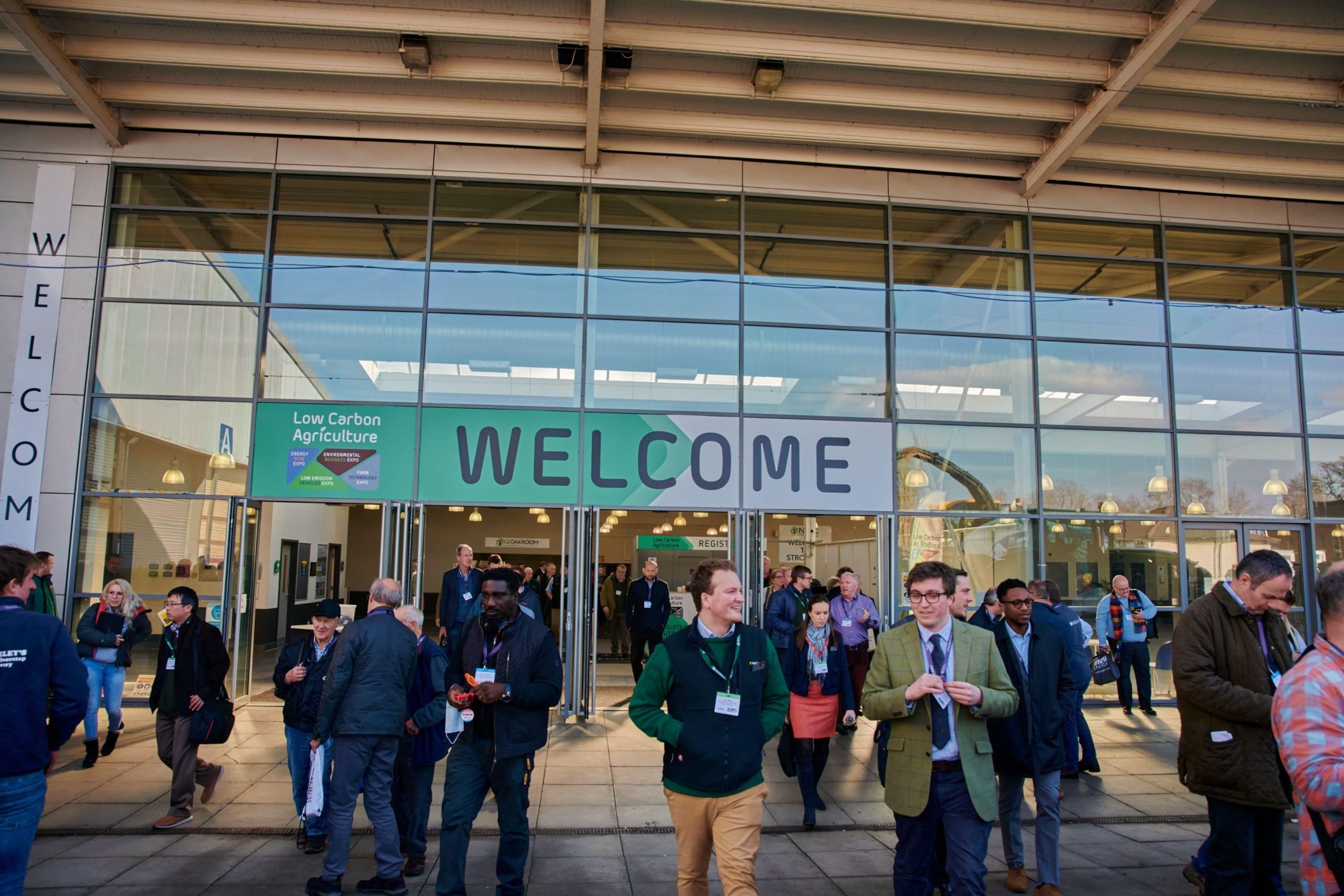Reducing emissions in a commercial suckler herd
)
B W & J Orr farm is situated in South Lanarkshire and operates across two holdings, both of which are around 105 hectares in size. The business runs a 110 head commercial suckler herd of predominantly Limousin cross cattle producing weaned calves. In addition, the business also runs a 600 head flock of breeding ewes producing finished and store lambs.
The business wanted to fulfil the conditions of the Scottish Government’s Beef Efficiency Scheme (BES) and get another set of eyes on the business to see how they operate and what they can do to improve. They used an agricultural consultant from SAC Consulting, whose services were covered by the grant funding.
The report out of Agrecalc identified the issues the farm needed to resolve by comparing the results to similar farms. Armed with that information, the consultant developed a plan to improve on areas such as fertility, nutrition and animal health.
Challenges of reducing emissions in a commercial suckler herd
As the results of the first carbon audit were not that positive, it had the owners starting to question how the business operated and move away from ‘this-is-how-it-has-always-been-done’ mentality. By gathering the data on performance, the business is now constantly evaluating how they operate; the data allows to properly understand the situation, and use methods such as blood testing, silage and soil analysis to help inform decision making.
Agrecalc solution for reducing emissions in a commercial suckler herd
The calculator was used as a part of the Integrated Land Management Plan (ILMP), which was funded through the Farm Advisory Service (FAS). The two carbon audits competed following the plan allowed the business to monitor their performance and progress. The improvements in the carbon audits were mirrored by the business’ financial performance, and they have found that carbon efficiency is quite closely linked to financial performance.
The sum of small gains allowed for 48.52% increase in output between the first audit in 2017 and the third audit in 2020. Total emissions per kilo of output were reduced by 34%, broken down into a 17.19% decrease in beef emissions, and a 28.94% decrease in sheep emissions. The table below illustrates the figures over three years.
|
|
1st audit (2017) |
3rd audit (2020) |
% Change |
|
Output (kgs) |
23,509 |
34,916 |
48.52% |
|
Emissions per kg of Output (kg CO2e/kg) |
50.76 |
33.5 |
-34% |
|
Total emissions (kg CO2e) |
1,193,371 |
1,169,634 |
-1.99% |
|
Beef emissions per kg of Output (kg CO2e/kg) |
53.17 |
44.03 |
-17.19% |
|
Sheep emissions per kg of Output (kg CO2e/kg) |
52.28 |
37.15 |
-28.94% |
The business will continue its carbon audits with Agrecalc to identify areas where they are not performing, as well as understand whether the changes they implemented are working or not.



